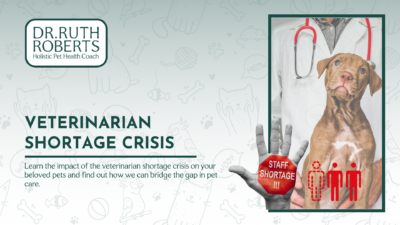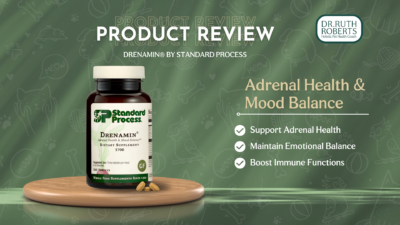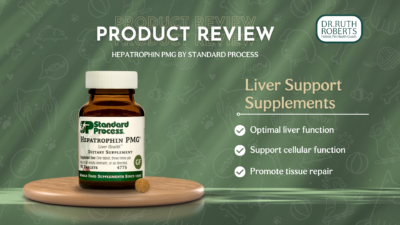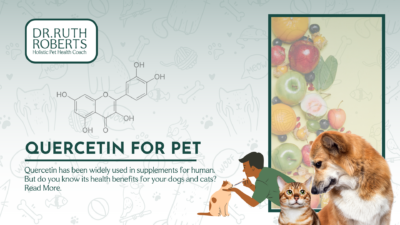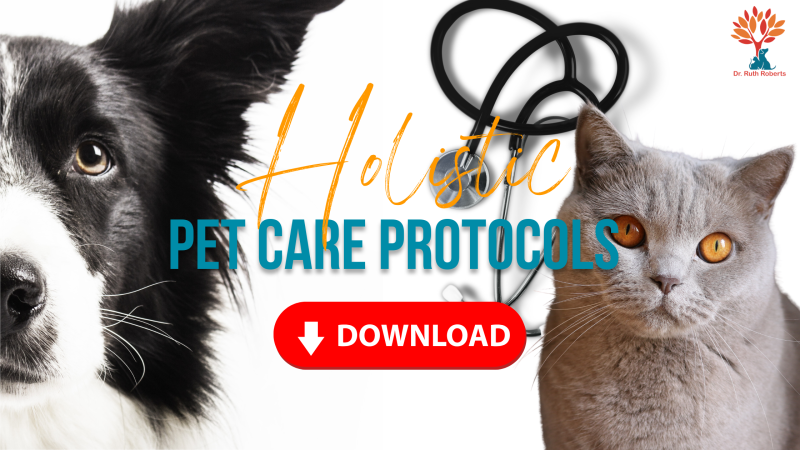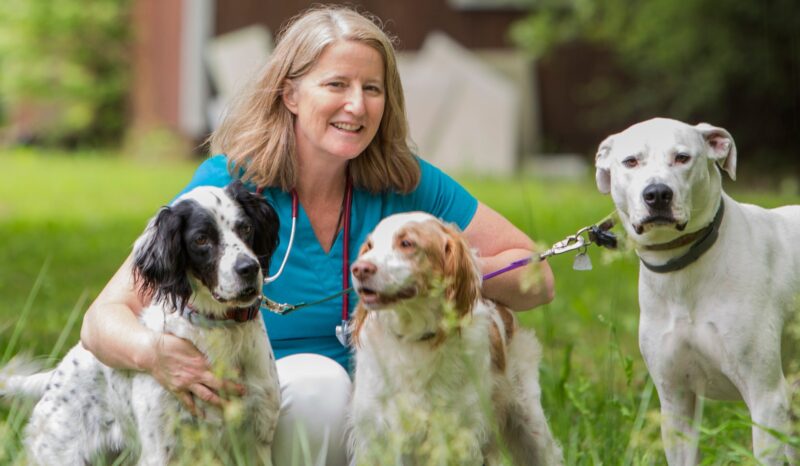Fresh Food for Your Cat: Homemade VS Dry Commercial
Choosing the right food is important because we all want the best for our furry friends. When you’re in the pet food aisle, you’re surrounded by options claiming to be the best. Have you thought about whether the cat food you pick is really good for your cat’s health and happiness? Many cat owners might be choosing the wrong food.
Marketing is a big influence. Cat food brands use attractive packaging and terms like “natural” or “gourmet” to grab your attention. This can lead cat owners to choose without checking if it’s the best for their cat. Lack of knowledge about feline nutrition is another factor. Not everyone knows what makes a cat’s diet healthy.
Convenience and cost also play a role. Dry kibble is easy and often cheaper. It’s quick to serve, which matters when you’re managing the needs of a furry family member and everything else. Now, let’s get into the details: what’s the deal with dry cat food and why it might not be as perfect as it seems.
The Problems with Dry Cat Food
In the U.S., over 40% of cat owners exclusively choose dry cat food, contributing to the fact that around 93% of cats consume it. Sales of dry cat food have surged by 21.8%, emphasizing its popularity. However, this reliance on dry cat food is linked to a concerning trend – obesity among cats, impacting their waistlines more than realized.

Many cats have extra weight, which can be risky even in small amounts. If a 10-pound cat reaches 12 pounds, it’s like being 29 pounds overweight in human terms; at 15 pounds, it’s a hefty 73 pounds overweight. One significant reason for cat weight gain is feeding them dry cat food. Dry cat foods are often loaded with grains and carbs, leading to weight gain. The added oil in these foods makes cats crave more, contributing to overeating and obesity. Even though your cat is comfy at home, their ancestors ate a diet with only 2–3% carbs. Cats aren’t built for carb-heavy foods, making them prone to quick weight gain.
Now, let’s shift our attention to another concern related to dry cat food – hydration. Cats don’t drink much water, especially with dry food, lacking moisture. People may assume cats get enough water from their food, but cats need additional water when consuming dry kibble.
Dehydration in cats can lead to urinary tract problems and kidney stress. Digestive issues, including constipation, become more likely. The risks of cat obesity and dehydration are linked to the highly processed nature of dry cat food, which strips away essential nutrients and adds undesirable elements. Relying solely on it is not advisable; it’s a serious warning. Feeding your cat only dry food denies them the varied nutrition necessary for genuine happiness and long-term health.
What is Considered as Fresh Cat Food?
With dry cat food dominating the market and the associated health risks it poses are hard to ignore, pet owners like yourself naturally seek better options. Recently, fresh pet food has entered the scene. When they talk about “fresh” pet food, they are not necessarily saying it’s served straight out of the kitchen. In fact an article from New York Times states that the fresh pet food term lacks a specific definition. It says that the term is broad and may refer to pet food made with fewer or no preservatives. The idea of freshness here is more about using refrigerated or freezing processes to help lock in the good stuff like essential nutrients, flavors, textures and moisture.
Ideally, fresh cat food is characterized by its use of high-quality, minimally processed ingredients that retain their natural nutrients. Understanding the key components ensures that your cat receives a well-rounded and nutritious diet.
- Protein Sources: High-quality animal proteins are crucial for a cat’s health. Fresh cat food often includes real meat, such as chicken, turkey, or fish, providing essential amino acids necessary for muscle maintenance and overall well-being.
- Healthy Fats: Fats are an integral part of a cat’s diet, supporting energy levels, a healthy coat, and various bodily functions. Fresh cat food incorporates sources of omega-3 and omega-6 fatty acids, promoting optimal feline health.
- Carbohydrates in Moderation: While cats are obligate carnivores, a small amount of carbohydrates can be included for energy. Fresh cat food ensures that carbohydrates come from wholesome sources like vegetables and grains, avoiding excessive fillers often found in commercial cat food.
- Vitamins and Minerals: A well-rounded fresh cat food diet includes a variety of fruits and vegetables to provide essential vitamins and minerals, contributing to a strong immune system and overall vitality.
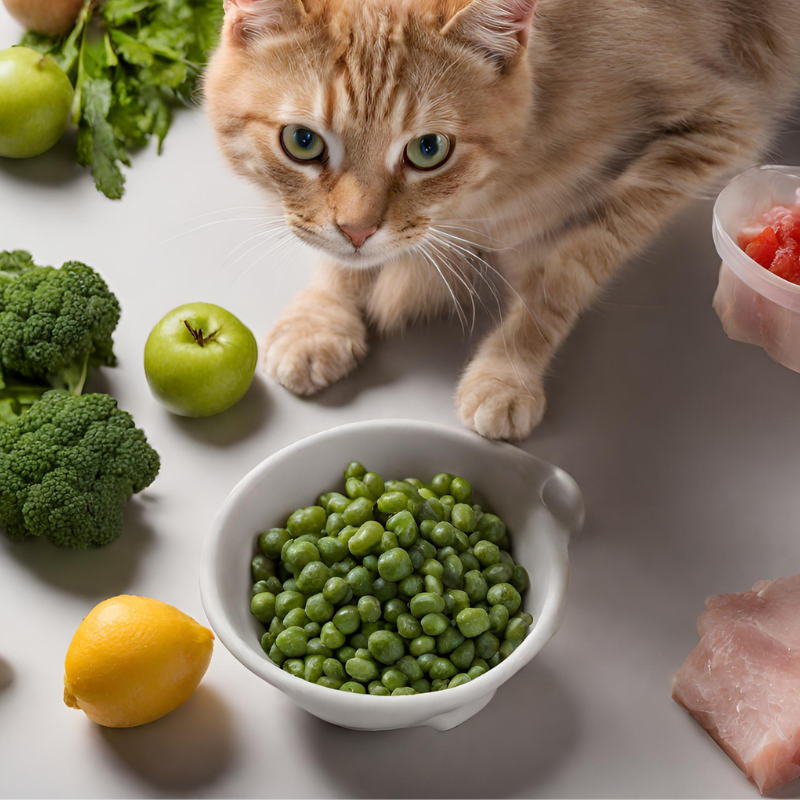
Commercial Fresh Food
According to The New York Times, there are now dozens of fresh pet food brands, many of which operate through subscription services. The process includes creating a profile for your pet, completing a questionnaire, customizing your delivery frequency, and then your pet food will arrive packed in dry ice.
While fresh pet food offers exciting benefits, it does come with its set of challenges. As of 2021, fresh pet food makes up only 4% of the pet food market, primarily designed for dogs. There’s optimism that the success of fresh pet food brands for dogs may eventually lead to more options for cats, although experts caution that this shift may not happen overnight. Various factors slow down the immediate mainstream adoption of this type of food. First, there’s the cost – these options can be a bit pricier due to their fancy ingredients and unique preservation methods.
Also, once you open it, fresh pet food doesn’t last long, so you have to use it up quickly. Storing frozen cat food needs planning, like keeping it in the fridge or freezer, which might be hard if you don’t have much space. And in some places, finding a variety of refrigerated or frozen cat food can be tricky for pet owners. People hope that as fresh pet food gets more popular, there will be more choices for cats, but it might take some time for this to be normal.
Back to The Kitchen: A Call to Cook for Your Cat
Let’s talk about a healthier way to feed your cat. Instead of relying on commercial cat food with its potential health risks and high costs, why not become your cat’s personal chef right in your kitchen? Cooking for your cat gives you the freedom to choose top-notch, fresh ingredients, ensuring each meal is filled with essential nutrients. You get to be the chef, tailoring recipes based on your cat’s taste preferences and dietary needs.
Not sure where to begin? No worries! Let us introduce you to The Original CrockPET Diet®. It’s an e-book loaded with delicious and easy-to-make recipes using fresh, locally sourced ingredients. Whether you’re dealing with a picky eater or want to explore keto options, the e-book has recipes designed for both cats and dogs.
And if you’re someone who learns better through visuals, Dr. Ruth’s cooking videos can guide you through. These step-by-step guides walk you through the cooking process, providing inspiration and ensuring you create meals that perfectly meet your cat’s nutritional needs. So, are you ready to don the chef’s hat for your feline friend’s well-being?
Key Takeaway
Choosing the right food for your cat is crucial for their health and happiness. While dry cat food is popular, it may contribute to obesity and dehydration issues. Over 40% of cat owners exclusively choose dry cat food, but the convenience comes with risks. Cats eating dry food tend to gain weight due to high carb content and oil coatings, leading to overeating. Moreover, their low moisture levels can result in dehydration, causing urinary and kidney problems. Fresh pet food is emerging as a healthier alternative, offering balanced nutrition and higher moisture content. Although fresh options are currently a small part of the market, they address concerns related to dry food. As you navigate the pet food aisle, consider fresh alternatives or take control by cooking for your cat, ensuring a diet tailored to their needs. Check out resources like The Original CrockPET Diet® for guidance on preparing nutritious meals at home. The recipe templates included are a great feature, letting you make personalized homemade pet meals that match your pet’s diet and preferences. This empowers you to adjust the meals to meet your pet’s specific needs easily.
Now, let’s clear up the idea that making your cat’s meals at home is complex or expensive. Actually, it can be a cost-effective option, especially if you use your homegrown veggies instead of buying them from the store. We know that taking care of your pet’s health can be tough on your wallet, so we’ve put all these amazing resources together at a reasonable price


